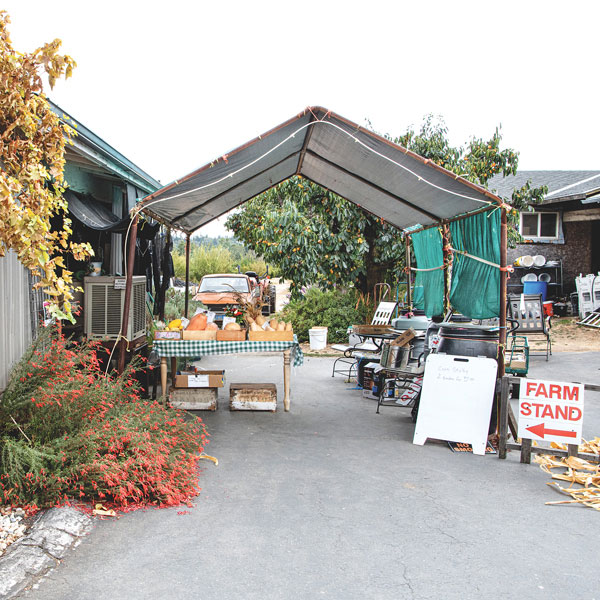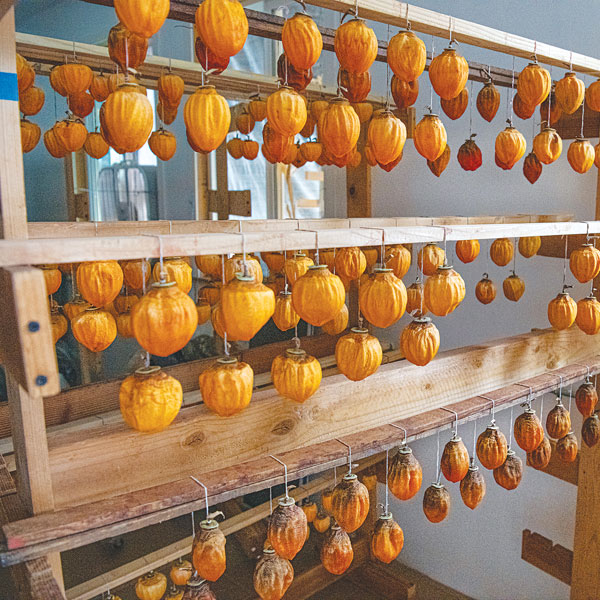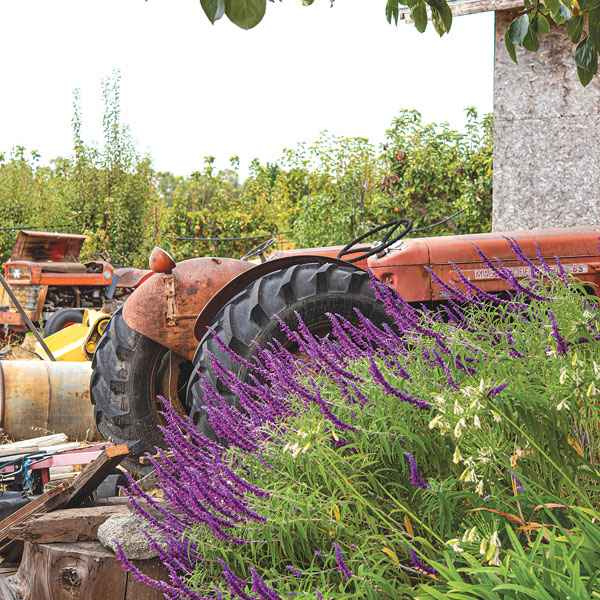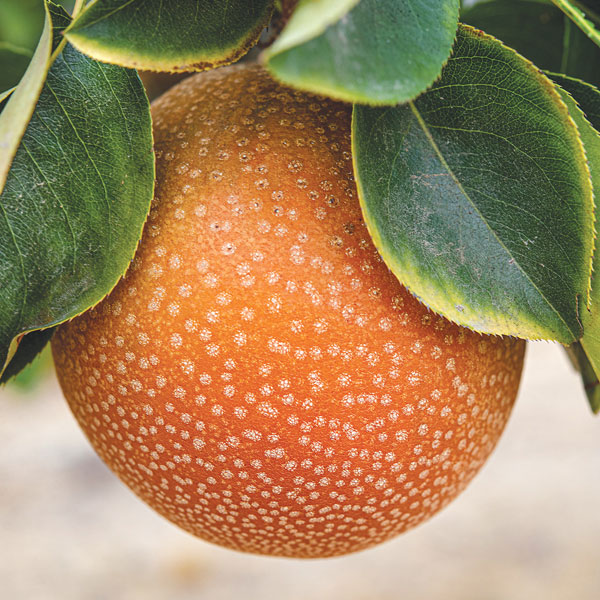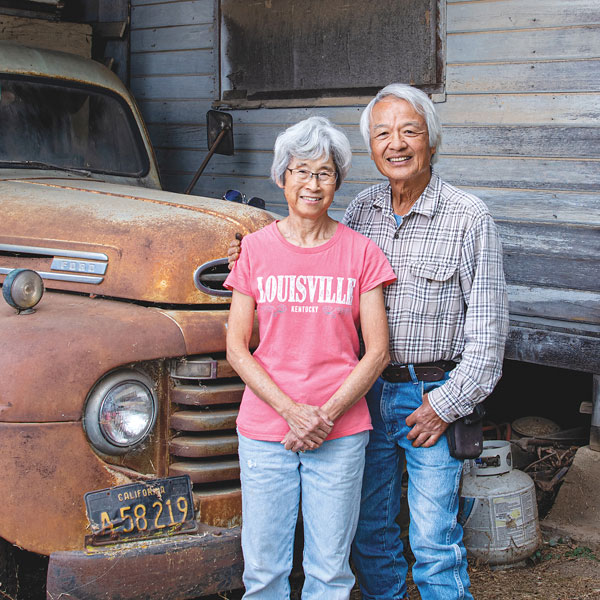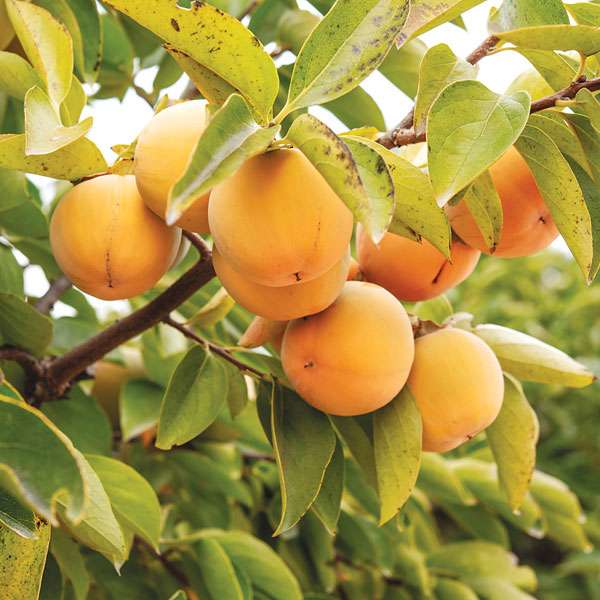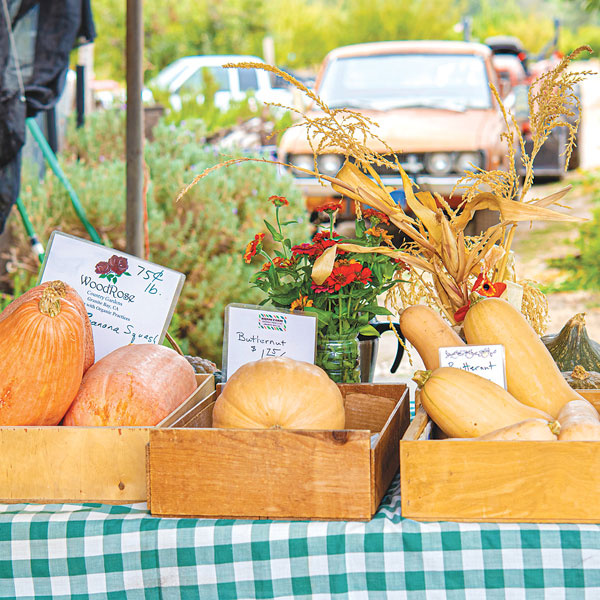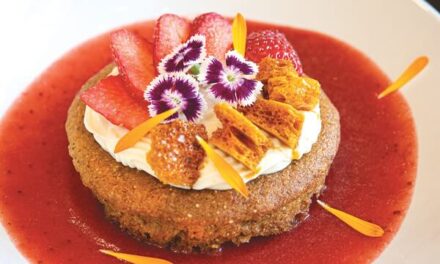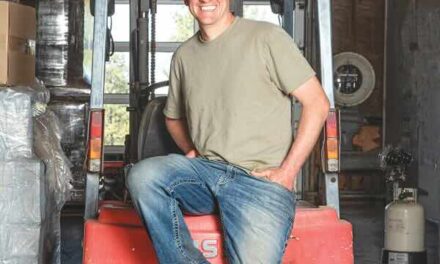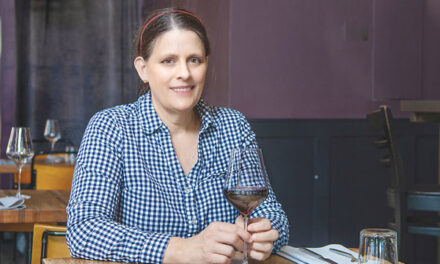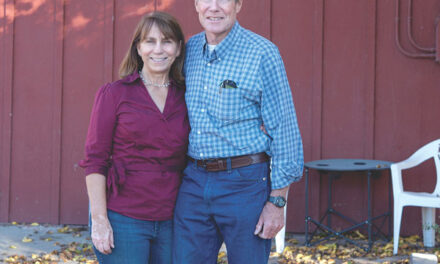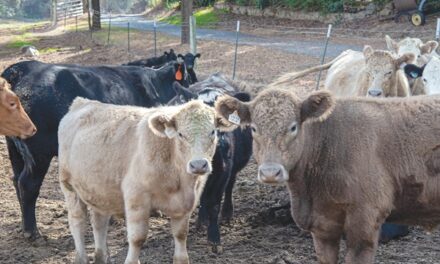Urban Legend
Otow Orchard shines amid the sprawl
By Gabrielle Myers
November 2023
One of the many aspects I love about Sacramento is how, in the middle of urban and suburban sprawl, we have pockets of agriculture—acres that reflect our agrarian roots. In this beautiful place, we are reminded of the connection to fertile soil and ideal growing conditions on almost every block.
Otow Orchard in Granite Bay captures this convergence between a populous region and its steadfast agricultural lands. Minutes from Douglas Boulevard’s big box stores and shopping plazas rests an oasis of fruit trees tended by the Otow family since 1911.
Row upon widely spaced row of persimmon, pear, apple, kiwi, plum, peach, citrus, fig, jujube and olive trees line the 40 acres. Stacks of bee boxes sit between the rows. Grapevines twist on fences. One section produces strawberries.
Many of the trees were planted in 1911 by Kitchitaro Kawano and his wife Momi after they emigrated from Yamaguchi, Japan. Several of their persimmon trees tower over the rolling land.
Despite internment at Tule Lake and displacement during World War II, the family held the land. Many fruit trees survived.
Chris Otow Kuratomi, granddaughter of the founders, and her husband Tosh Kuratomi manage and live on the farm.
Chris grew up on the property and helped harvest fruit, build irrigation lines, erect fruit boxes, drive tractors and trucks, and take unsalable produce to feed the cows. She recalls how after her parents built the irrigation pond, she and her brother and sister would swim and raft in the cool water.
Chris attended the speech pathology program at Sacramento State and, like Tosh, worked at local schools. They left teaching and returned to the farm in 2005.
The couple helped Chris’ mother, Helen Otow, run the orchard. Helen died last year, but Chris and Tosh developed a popular fruit and produce stand to maintain and extend the farm’s reach.
Otow Orchard is famous for hoshigaki permissions, peeled, strung up, slow-dried and massaged for three to six weeks. The Otows grow the hachiya variety for this elaborate fall ritual. Rows of golden persimmons hang in the barn.
The drying process usually begins in October, with most of the permissions dried in time for Thanksgiving. This traditional Japanese preservation process has been retained by the Otows and speaks to California’s gastronomic uniqueness in its expression of our multicultural and immigrant roots.
The Otows raise several persimmon varieties, including maru, fuyu and vodka persimmons in addition to the hachiya.
They offer a wide range of homegrown produce at their busy market stand, such as heirloom okra, winter squash, peppers, long beans, cucumbers, summer squash, eggplants and tomatoes. The family sells honey from the orchard and helps local farms, such as WoodRose Country Gardens, sell produce. In addition, the Otows donate to a senior nutrition program.
During the afternoon I talked with Chris and Tosh, many locals came by the farmstand to buy fruits and vegetables. Community connections show the strength of the local farm-to-fork movement.
When asked why she continues the hard job of farming, Chris jokes that she farms “because my husband wants to drive a tractor.” Her love of community and land is clear as she emphasizes the importance of her “family customers, and the fruits and veggies are so good when they are fresh. It’s nice that people can enjoy something fresh grown right here.”
Otow Orchard’s hoshigaki persimmons are available in November. The farmstand runs daily except Monday at 6232 Eureka Road. For information, visit otoworchard.com.
Gabrielle Myers can be reached at gabriellemyers11@gmail.com. Her latest book of poetry, “Too Many Seeds,” can be ordered from fishinglinepress.com. Follow us on Facebook, Twitter and Instagram: @insidesacramento.



